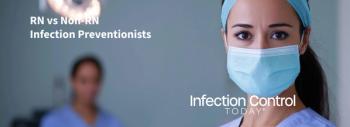
Researchers Study How Money Aids the Transmission of Bacteria
Money is one of the most frequently passed items in the world. Gedik, et al. (2013) sought to ascertain the survival status of bacteria including Staphylococcus aureus, Escherichia coli and vancomycin-resistant Enterococci (VRE) on banknotes from different countries and the transmission of bacteria to people who come in contact with the banknotes.
The survival rate was highest for the Romanian Leu, yielding all three microorganisms used after both three and six hours of drying. Furthermore, the Leu was the only banknote to yield VRE after one day of drying. Other currencies either enabled the survival of Extended-Spectrum Beta-Lactamases (ESBL) and VRE (e.g., Euro), but not of MRSA, or the other way around (e.g., U.S. dollar).
While a variety of factors such as community hygiene levels, people's behavior and antimicrobial resistance rates at community level obviously have influence on the transmission of resistant microorganisms, the type of banknote paper may be an additional variable to consider. Their research was published in
Reference: Gedik H, Voss TA and Voss A. Money and transmission of bacteria. Antimicrobial Resistance and Infection Control 2013, 2:22 doi:10.1186/2047-2994-2-22
Newsletter
Stay prepared and protected with Infection Control Today's newsletter, delivering essential updates, best practices, and expert insights for infection preventionists.






